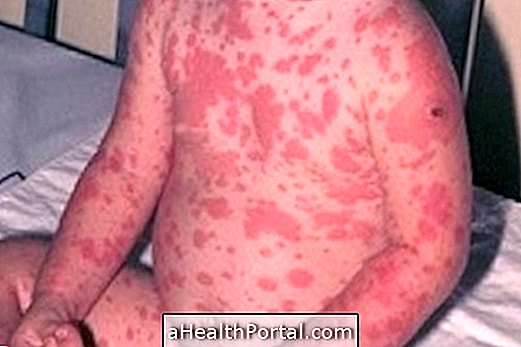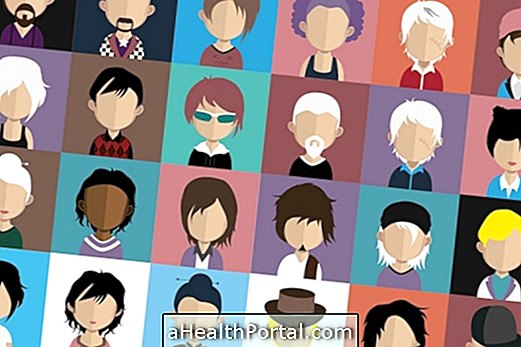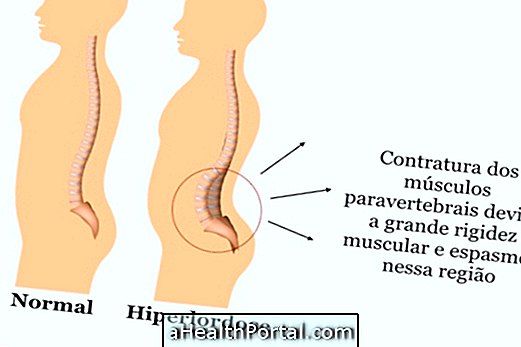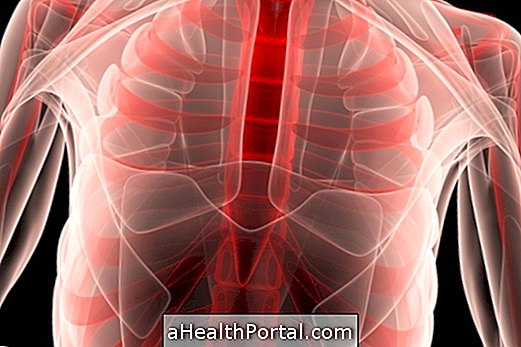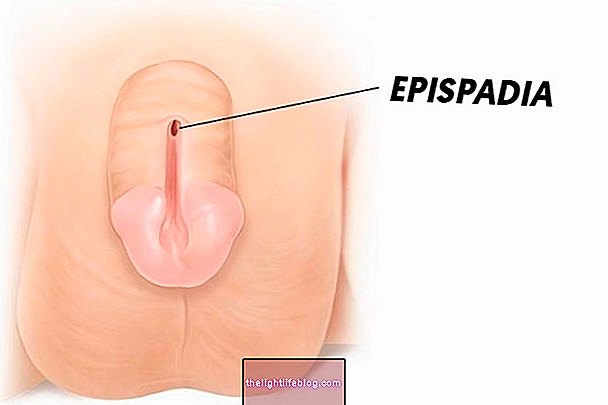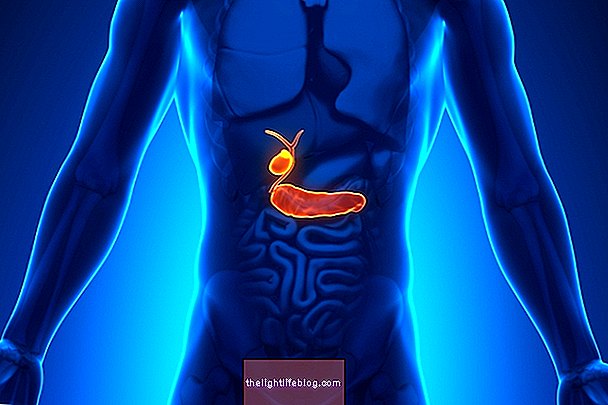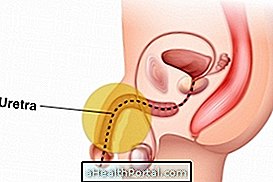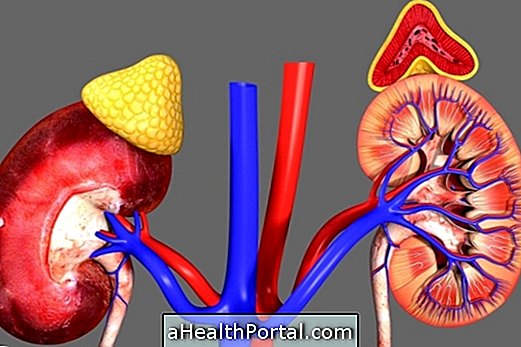Kartagener's syndrome, also known as primary ciliary dyskinesia, is a genetic disease characterized by alterations in the structural organization of cilia that line the respiratory tract. Thus, this disease is characterized by three main symptoms:
- Sinusitis, which corresponds to inflammation of the sinuses. Here's how to identify sinusitis;
- Bronchiectasis, which consists of enlarging the bronchi of the lungs - learn more about pulmonary bronchiectasis;
- Situs inversus, in which the organs of the thorax and abdomen are located on the opposite side of what would be normal.
In this disease, the movement of eyelashes, which are small hairs present in the trachea and bronchi, which help to expel dust and mucus from the lungs, are altered, causing mucus, dust and microbes to accumulate in the lungs. This problem increases the risk of serious infectious diseases in the airways such as rhinitis, sinusitis, bronchitis or pneumonia.
In addition, it is common for men with Kartagener's syndrome to be infertile because sperm lose the ability to move along the testicles' channels.

How is the treatment done?
Treatment of Kartagener Syndrome aims to decrease symptoms and prevent the onset of respiratory infections, and it is usually indicated to take antibiotics to treat sinusitis, bronchitis and pneumonia according to medical advice. It is also recommended the use of saline, mucolytics or bronchodilators to release the mucus present in the bronchi and facilitate breathing.
It is important to avoid using cigarettes, contact with pollutants and use of irritating substances, and maintain a good hydration to leave the secretions more fluid and make the mucus elimination easier.
Respiratory physiotherapy is also indicated to treat Kartagener's syndrome, since through small respiratory exercises, the mucus accumulated in the bronchi and lungs can be eliminated, improving breathing. Learn more about respiratory physiotherapy.
Main symptoms
People with Kartagener's syndrome are more likely to develop respiratory tract infections, such as sinusitis, pneumonia and bronchitis. The main symptoms of this syndrome are:
- Productive and bloody cough;
- Difficulty breathing;
- Tiredness;
- Weakness;
- Shortness of breath;
- Chiado in the chest;
- Cardiac insufficiency;
- Increased size of the distal phalanges of the fingers.
Associated with these symptoms, other clinical manifestations such as dilation of the bronchi and alteration of the position of the thoracic organs are present, with the heart located in the right side of the chest.
